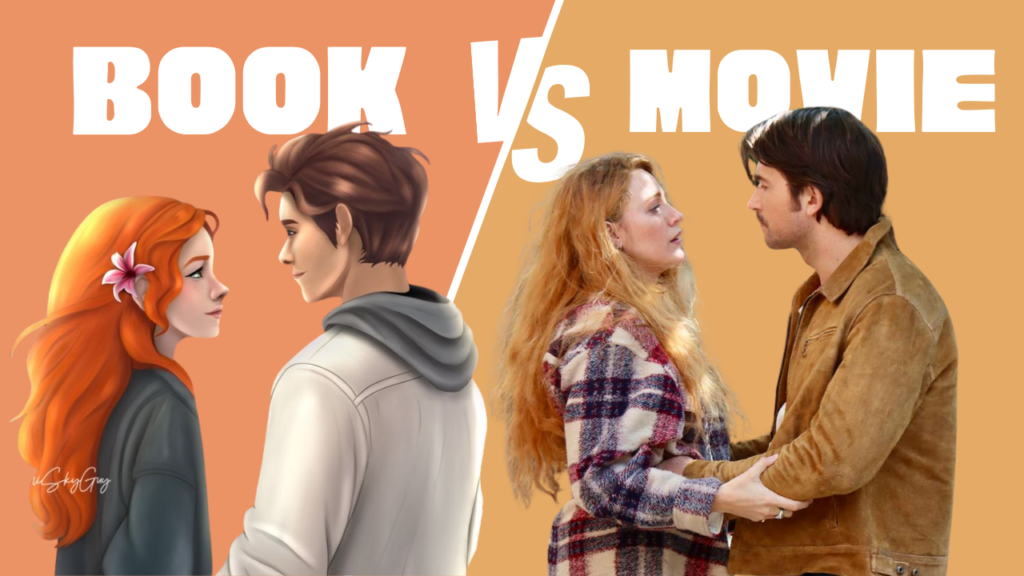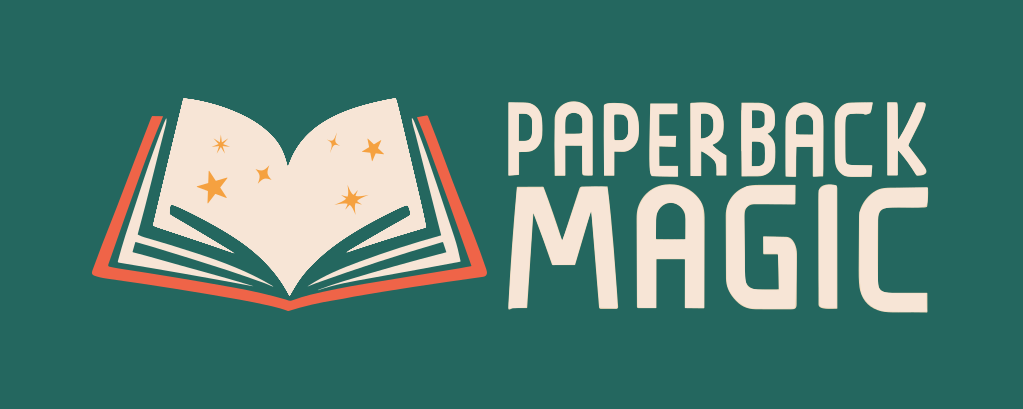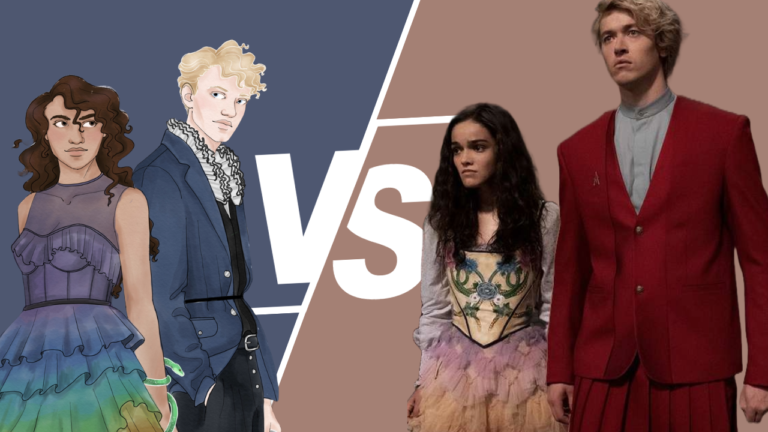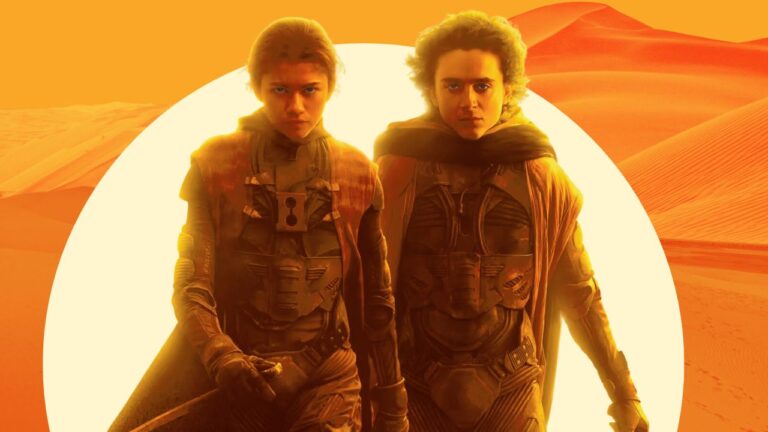Book vs Movie: It Ends with Us by Colleen Hoover

Colleen Hoover’s It Ends with Us took the literary world by storm during the pandemic, especially finding a home on BookTok where readers shared their emotional journeys with this heart-wrenching novel.
Hoover’s exploration of domestic violence, trauma, and the struggle between love and self-preservation resonated deeply, making it one of the most talked-about books of 2020. With over 8 million copies sold and more than 140 weeks on the New York Times bestseller list, it was only a matter of time before Hollywood came knocking.
Enter the inevitable movie adaptation starring Blake Lively, Justin Baldoni, and Brandon Sklenar, a powerhouse cast for a beloved novel. Yet, as with most book-to-film adaptations, the movie sparked a debate: did it capture the book’s essence, or did Hollywood’s touch dilute its emotional impact?
While both the novel and the movie aim to tell the same story, the differences in character development, plot pacing, and thematic focus are worth unpacking.
In this article, we’ll dive deep into the nuances between the book and movie versions of It Ends with Us, exploring how the film adapts Hoover’s intricate story and whether it maintains the emotional weight that made the novel so compelling.
From Young and Reckless to Thirty and Thoughtful
In Hoover’s novel, Lily Bloom is 23, fresh out of college, and just starting her life as a business owner. Her romantic entanglement with Ryle Kincaid, a 29-year-old neurosurgeon, feels like a whirlwind experience for a young woman at the beginning of her adult life.
In the movie, both Lily and Ryle are aged up to their mid-30s. While this choice makes Lily’s decisions seem more calculated and less impulsive, it alters the tone of the story.
Instead of a young woman naively stepping into love and facing the harsh reality of domestic violence, we have a more seasoned Lily, whose life experience might make her willingness to stay in an abusive relationship more puzzling to viewers.
However, the choice to age up the characters wasn’t without reason. Justin Baldoni, who directed the film and stars as Ryle, mentioned in an interview that this decision was intentional to make the characters more relatable to a slightly older demographic.
The film leans into the idea of two adults with more established lives trying to make a relationship work. While this doesn’t necessarily detract from the emotional core of the story, it does shift the dynamics of Lily and Ryle’s relationship.
In the book, Lily’s youthful optimism is a stark contrast to the darkness of her situation; in the movie, that contrast is softened by her maturity.
What’s in a Name?
Fans of the book will remember Bib’s, Atlas’ charming restaurant that stands for “Better in Boston”- a small token of his past with Lily. In the movie, though, Bib’s becomes Root, which…is questionable and slightly unnecessary.
The name is now a little less meaningful in terms of its connection to the story’s Boston roots (pun intended).
Sure, it still ties into their shared past – after all, Atlas and Lily did “plant” the seeds of their relationship in high school – but changing a beloved detail like this might leave book loyalists feeling uprooted.
Portraying Abuse and Toxicity in Two Approaches
In the novel, Hoover slowly reveals Ryle’s violent tendencies, with multiple instances of physical abuse that escalate over time. He pushes, shoves, and even attempts to rape Lily, each act building on the tension between their passionate love and Ryle’s uncontrollable anger. Lily warns him time and again that she will leave if he hurts her again.
The book allows us to see the slow erosion of Lily’s hope as Ryle’s true nature surfaces.
In the film, however, the abuse scenes are fewer and less intense. Director Justin Baldoni wanted to give the love story more time to breathe, explaining that the filmmakers needed the audience to understand why Lily stays with Ryle despite the red flags. In this version, Lily dismisses Ryle’s early acts of aggression as accidents – an almost too literal depiction of the denial and rationalisation that many abuse survivors experience.
It’s a key difference that may make the film’s approach more palatable but might also feel like it’s tiptoeing around the raw emotional impact that made the novel resonate so deeply.
A Lily Alone
Another notable omission in the film adaptation is the absence of a few key characters.
Devin, Lily’s gay best friend, who playfully pretends to be her boyfriend to make Ryle jealous? Gone. Lucy, Lily’s quirky roommate who eventually helps run her flower shop? Also gone.
Without these side characters, the film’s world feels a little more isolated, with Lily’s relationships outside of her romantic entanglements left underdeveloped. And let’s not forget the absence of Ryle’s parents, which adds an extra layer of awkwardness to his proposal in the hospital room (sans ring, no less) instead of the more intimate setting at his family’s apartment, as seen in the book.
And speaking of connection, Lily’s iconic letters in her journal to Ellen DeGeneres (yes, the talk-show host) did not make the cut.
The letters, which Lily wrote in her journals as a teenager and later read as an adult, served as a window into her childhood relationship with Atlas. These missives provided crucial insight into how Lily and Atlas bonded over tough times and the saying “just kept swimming” – a nod to Ellen’s Finding Nemo character, Dory.
The lack of this insight into a teenage Lily makes her connection to Atlas in the film slightly less believable and strips the story of a much-needed sense of whimsy amid such dark tones.
Atlas Shrugged Off
One of the most beloved aspects of the book is Atlas Corrigan’s backstory.
In the novel, Atlas is portrayed as a young man struggling with homelessness after being kicked out of his abusive home. His survival depends on the kindness of Lily, who secretly brings him food and provides emotional support during one of the darkest times in his life. Their friendship blossoms into a quiet, intense first love built on mutual vulnerability and trust. These early experiences are foundational to the depth of their relationship later in life.
The movie, however, significantly condenses Atlas’ backstory.
While viewers learn that Atlas faced hardships, his struggles aren’t explored with the same level of detail. The film touches on his homelessness and alludes to his difficult upbringing, but it doesn’t delve into the specifics of how Lily helped him survive. As a result, the bond between Atlas and Lily feels less profound in the movie. This truncation of Atlas’ character arc may leave fans of the book feeling like the emotional depth of his and Lily’s connection was lost in translation.
In the novel, Atlas’ backstory also serves as a foil to Ryle’s.
While both men have experienced trauma, Atlas chooses to rise above it, whereas Ryle allows his unresolved pain to manifest as violence. This contrast is central to Lily’s internal conflict—does she choose the man who has learned from his past or the one who remains trapped in it?
By minimizing Atlas’ backstory, the movie loses some of the complexity that made this love triangle so compelling.
An Open-Ended Ending
The movie’s ending differs subtly but significantly from the book’s.
In the novel, Lily and Ryle have a tense confrontation when he learns she’s pregnant. It’s a drawn-out, complicated ending that doesn’t give any easy answers about how their relationship will unfold, except for the fact that Lily is committed to ending the cycle of violence for the sake of her daughter, Emerson.
In the movie, this confrontation is trimmed down, and the emotional climax is a bit more straightforward.
Ryle and Lily’s final scene in the hospital is charged with Lily asking Ryle to reflect on his actions, imagining them happening to their daughter. The scene is powerful, but the ambiguity of their future co-parenting relationship, which is more fleshed out in the book, is left to the audience’s imagination.
However, the film does give fans the satisfaction of a sweet moment between Lily and Atlas – a kiss at the market, sealing the deal on their rekindled romance.
Final Thoughts
At the end of the day, the book and the movie are two sides of the same coin—a compelling story of love, trauma, and resilience.
The novel’s gritty exploration of domestic violence may feel heavier, but it gives the reader space to grapple with Lily’s decisions and the reality of her abusive relationship. Meanwhile, the movie’s adaptation attempts to soften some of the book’s hardest edges, possibly to make the story more accessible to a broader audience.
The question is, does diluting the intensity of the story take away from its impact? Or does it make Lily’s journey more relatable?
In any case, whether you’re Team Bib’s or Team Root, one thing remains clear: It Ends with Us continues to strike a chord, both on the page and on the screen.
Let’s just hope the filmmakers keep the integrity of Atlas’ restaurant name intact for the sequel – after all, roots run deep, but sometimes, “Better in Boston” just says it all.


